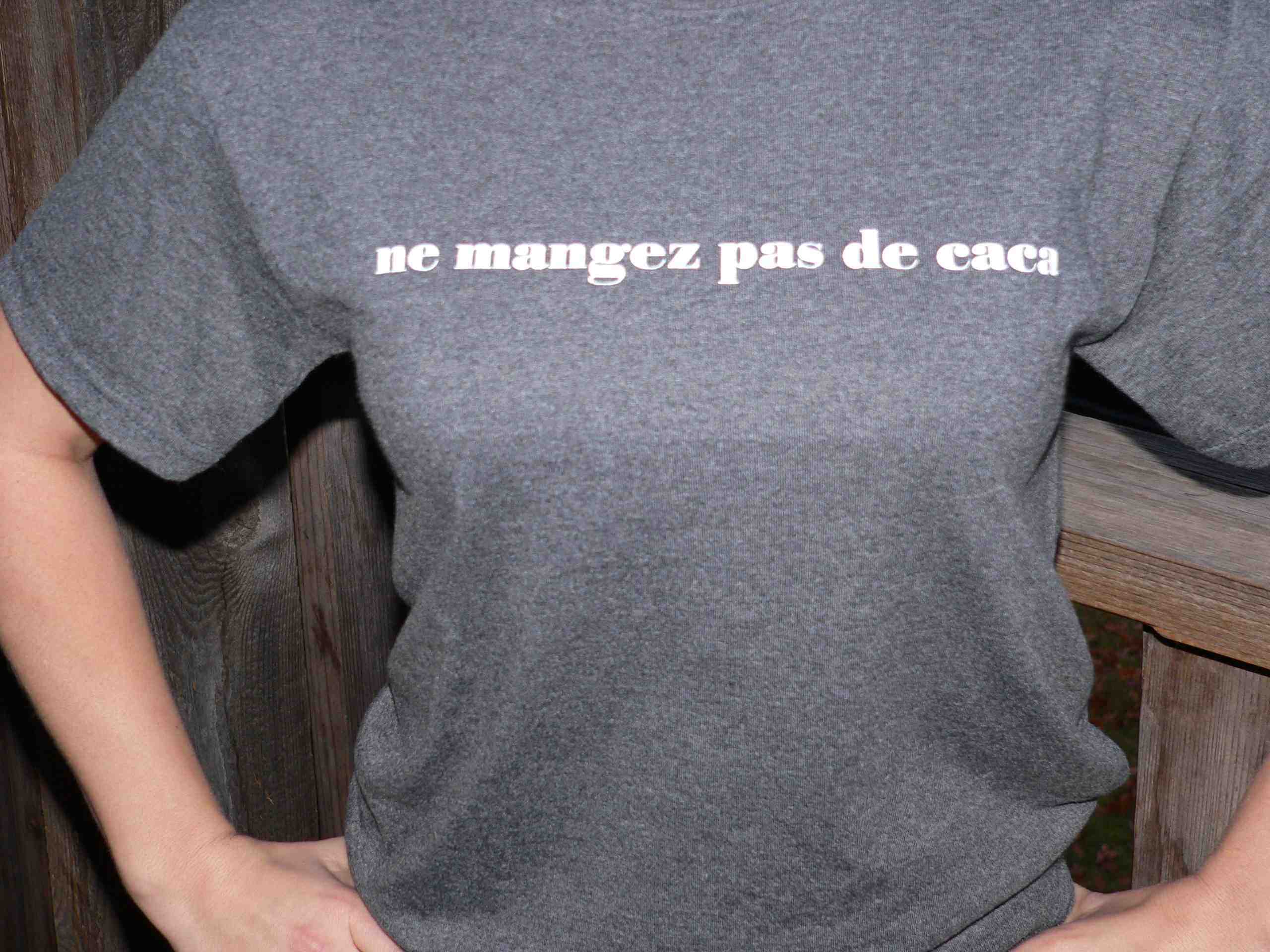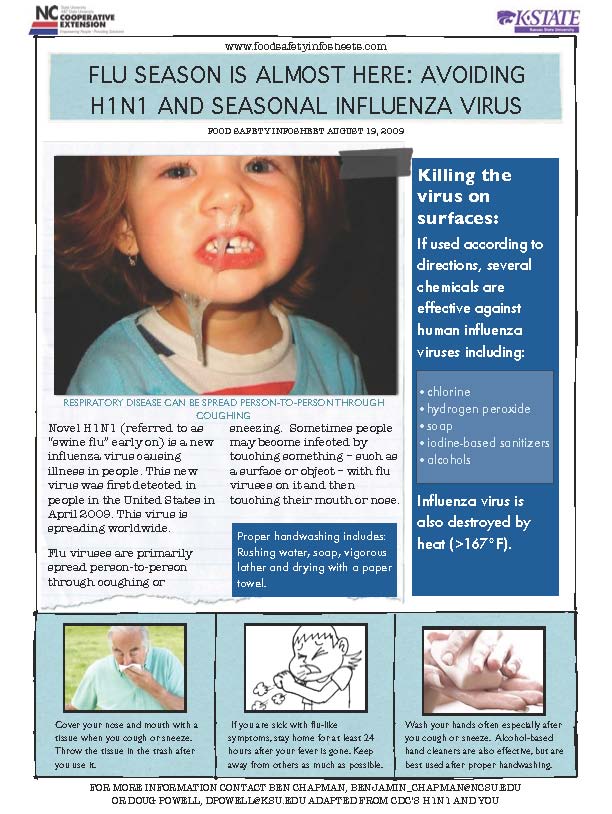 Amy has covered what to do if a student pukes in class; Ben and Mayra have made up a groovy infosheet on cleaning procedures.
Amy has covered what to do if a student pukes in class; Ben and Mayra have made up a groovy infosheet on cleaning procedures.
But what if you yak on your cat or dog?
Specifically, as Scott Weese asks at the Worms & Germs Blog, when he should be enjoying turkey in Guelph, how do you disinfect a cat?
Weese explains how a colleague’s wife once had norovirus and spewed on the family cat, and says, dogs and cats cannot become infected with norovirus. However, they could act as a source of infection is their coat was contaminated.

 Weese figures a bath is the best way to go (not the oven, right) and that anyone bathing a heavily contaminated animal should wear a mask and gloves, change their clothes after, clean any contaminated surfaces with bleach or another disinfectant and wash their hands.
Weese figures a bath is the best way to go (not the oven, right) and that anyone bathing a heavily contaminated animal should wear a mask and gloves, change their clothes after, clean any contaminated surfaces with bleach or another disinfectant and wash their hands.
He also concludes that the easiest way to handle this is to avoid vomiting on pets.
.jpg)



.jpg) Translation sounds easy.
Translation sounds easy. While norovirus illnesses were initially linked to patrons who ate shell???sh, health authorities believe that ill staff members handling other food also contributed to the length and scope of the outbreak.
While norovirus illnesses were initially linked to patrons who ate shell???sh, health authorities believe that ill staff members handling other food also contributed to the length and scope of the outbreak. That’s why we have
That’s why we have 

 Some people have told us images like the one below, are too graphic and will offend people. Maybe. I’m offended that people don’t wash their hands which can lead to other people barfing and spreading things like the H1N1 virus.
Some people have told us images like the one below, are too graphic and will offend people. Maybe. I’m offended that people don’t wash their hands which can lead to other people barfing and spreading things like the H1N1 virus. 
 a food handler-linked Hepatitis A outbreak in Milan, Illinois it gets more confusing as to when the operator knew about the illness. Today a customer came forward and
a food handler-linked Hepatitis A outbreak in Milan, Illinois it gets more confusing as to when the operator knew about the illness. Today a customer came forward and 
.jpg)